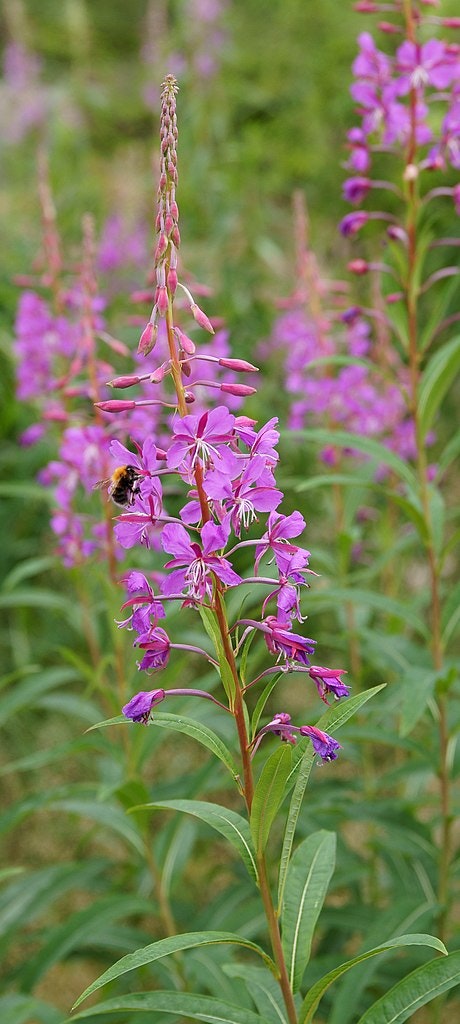Help Native Pollinators

More than half of all flowering plants species are suffering from under-pollination and other negative health effects because pollinators are in decline. The reasons for this decline range from inappropriate use of pesticides to habitat loss due to development and encroachment of invasive species. Pollinators have also been hit hard by parasites and diseases. It’s a tough time to be a pollinator, but it’s not too late for us to help.
We can make a difference for many of the native pollinators in the Willamette Valley by taking these steps:
- Limit your use of pesticides
- Install pollinator nesting sites
- Plant a pollinator garden
- Expand your understanding and share what you’ve learned!
Explore the sections below and the external resources on the right to learn more.

%20(1).JPG?ixlib=rb-1.1.0&or=0&w=720&h=720&fit=fill&fill=blur&auto=format%2Ccompress&s=ef648d79877c71a6cc62887914e39cf6)








